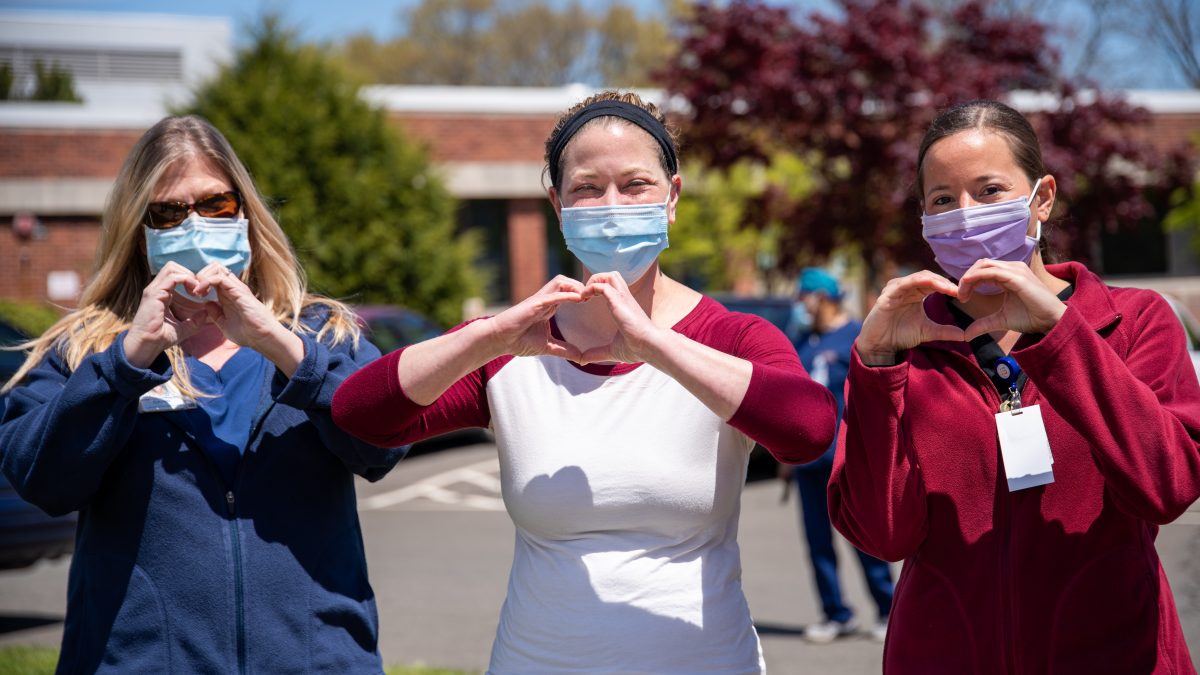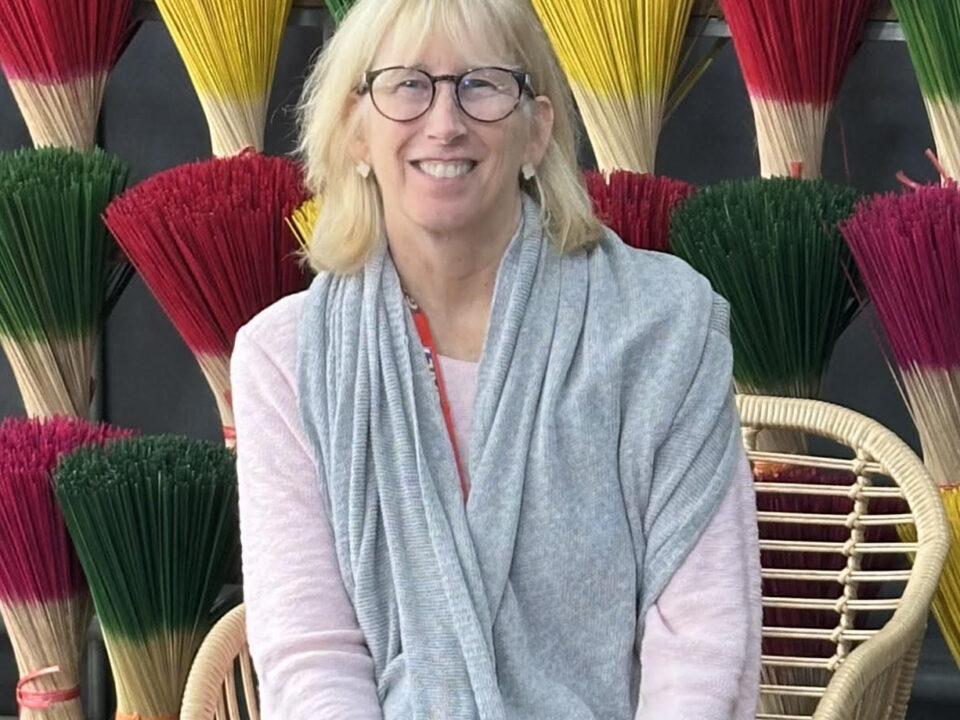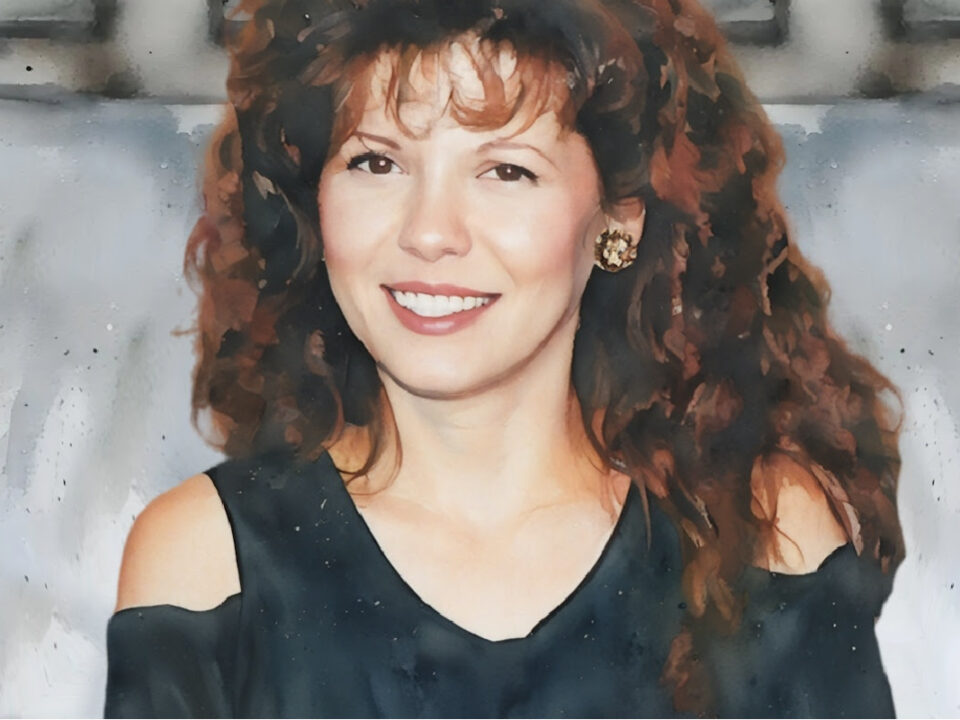
Greatest Hits of This Week’s Virtual Conversations
July 10, 2020
10 Lessons Learned, So Far, In My Gap Year After 60
July 23, 2020When we talk with our doctor or go to a hospital, we trust that everyone touching us has specialized knowledge and will do the right thing.
Every day we rely on thousands of possible tests that laboratory scientists created to diagnose conditions and diseases—each requiring just a drop of blood, a drop of urine, a piece of tissue, essentially—any tiny piece of matter from parts of our body.
Our culture and our society depends on all of us expecting that tests are accurate and certainly, reliable, even if it takes multiple tests to come to truth.
With trust comes a sense of value―real value, not just value equated with money. Value, by definition, is the transference of trust. You can’t convince someone you have value, just as you can’t convince someone to trust you. —Simon Sinek, Start with Why: How Great Leaders Inspire Everyone to Take Action
Most Professionals Are Invisible
We don’t think about professionals until we need one or many of them.
How many people thought about nurses until COVID-19? Maybe you know a few people who are nurses. Suddenly and every day, our news features pictures and stories with more nurses than we knew we needed. And now we need them all and more. Did you know there are more than 50 kinds of nurses and each specialty has it’s own requirements, training and certification test?
How often do you think of the hundreds of other professionals it takes to run one kind of business, such as a hospital system? Were you aware that their titles, training and certifications are out of sight and out of mind for everyone going in and out of the hospital?
Then comes a national health crisis and daily coverage on television, social media and broadcasts from millions of cell phones. Sticking with the nurse example for this story, we see designations on the names of nurses being interviewed. Designations like Infection Control Nurse, Critical Care Registered Nurse, Emergency Room Nurse, Operating Room Nurse, Certified Registered Nurse Anesthetist, Clinical Nurse Specialist, Neonatal Intensive Care Unit Nurse, Certified Nurse Midwife and Pain Management Nurse.
More Than Ever, Trust Matters
As a nation, we are depending on every professional to be on top of their game. Individually, maybe 10 percent of the population knows what that means or involves for more than 2,000 distinct professions. We just want to feel safe, well served and fairly treated. Essentially, when it comes to certification, most people do not want you to explain how the clock works. They just want to know, What time is it?
Because the need to trust and feel safe increases with crisis and dials up even higher with economic uncertainty, compounded by social injustice, this may be a good time to explain ways that certification shows up and matters, every day.
The first 20 years I worked with credentials creators from more than 300 different professions, I learned how complicated and intimidating they can be. They don’t mean to be arrogant jerks. They really want you to love their profession and trust them.
The next 20 years (2000-2020) I worked with even more credential creators, standards setters and professional development enterprises. I saw a need that everyone seemed to miss. I helped them learn storytelling skills and expand communication platforms to connect with millions of citizens who are “touched” in some way by their unique knowledge and performance.
For 90 percent of the professions, storytelling skills and communications excellence are a stretch. It wasn’t in their training and, along the way, others messed them up by confusing communication with marketing. Real communication is about building a relationship, building trust and listening more than talking. It’s about truth and never about manipulation.
The Essence of Certification and Why You Trust It
We live in a country where we depend on the professions to show up trained, prepared, and responsible. That means proficient, ethical, self-governed and involving end users or customers in the quality assurance of the practice. The role of local, state or national government agencies is minimal in the USA. Government’s only interest is public protection and for that they issue licenses, which are all local, by design.
Never confuse licensure with certification. Licensure means minimum requirement so that you don’t kill people in your community or your state. It comes with government enforcement.
Certification, on the other hand, is voluntary and fully loaded with skills, knowledge, abilities and continuing education requirements to remain certified. Public safety is one of hundreds of criteria built into all certifications. The enforcement of certification stays with the professional group that created the certification. For example, architects are responsible for enforcing architectural credentials.
Professions organize in national or international groups, which means a certification works the same in all states. That’s because professionals from all states and countries that honor the credential participated in the design and build of the certification.
Everyone Knows Credentialing More Than They Realize
The best example of licensure is your driver’s license. You had to study the rules to pass the written test. You had to verify what you can see to pass the eye test. You had to get in the car with an examiner to prove you know how to drive and apply the rules you learned. At no time during this process did they ask you, “Who taught you how to drive?” That means your education or training was up to someone else. That means your in-the-car learning and practice was up to someone else.
Certification creators and providers put their arms around the entire professional experience. They have partnerships with educators and training providers to make sure you get the knowledge and internships needed to show up for the professional exam. They have partnerships with associations and corporations to make sure you learn what proficiency and excellence in your profession looks like. They may have mentoring programs, in person and virtually, to make sure you get the support and encouragement to stay on top of your game, all the time.
COVID-19 Testing Inspired This Story
On April 19 a letter to the editor of the St. Paul Pioneer Press from a certified laboratory scientist grabbed my attention. The headline was Behind the Scenes and started with this story:
“I am a medical laboratory scientist and currently work in an administrative role, proudly representing 900 medical laboratory professionals in my organization. It is very gratifying that healthcare professionals, as a broad category, are receiving significant attention and praise during the current COVID-19 pandemic. The profession I represent is proud to be collaborating with our colleagues — nurses, physicians, respiratory therapists, pharmacists, radiologic technologists and many others — as we have stepped to the forefront in caring for patients infected with this virus.”
Written by Rick Panning, MBA, MLS(ASCP)CM, the letter tells a clear and interesting story of the role of the laboratory scientist in the context of millions of COVID-19 tests.
Rick has been active in the laboratory profession, especially within the American Society for Clinical Laboratory Science (ASCLS), where he served as a state president, regional director, and president of the national society. That’s where I first met Rick in 2007 in my work with boards of directors of multiple associations representing laboratory scientists. My job, as America’s Storytelling Guide for Credentialing Enterprises, was to help the world see their value and diversity, plus, build trust.
That’s what we did in 2006-2008. We created a partnership with a commercially successful publisher of medical magazines and offered to provide a steady flow of stories from the front lines of laboratory science. We created stories about the populations they serve and the difference they make.
Here’s where it gets challenging. Scientists are great at academic papers and convention presentations. They struggle with the popularized version of what they do. In order to achieve a Ph.D. or any college degree, people tend to think they need to sound different. That’s just not working in their favor. In order show value to the ultimate benefactor of professional services, we write in a style with no jargon, no acronyms and nothing theoretical. It has to read like short feature made for television with a beginning, middle, and end.
I wish for every professional that they have as much fun and as much fascination in their work as I do. Every profession is complex, totally wonderful and needs storytelling help. Did you know there are more than 3,000 different tests possible that need a laboratory technician, manager or administrator (scientists) to conduct and analyze? Every one of those tests needs some tissue or cells from a human to start. Did you know that COVID-19 covers only two of those tests (one viral; one antibodies)?
Credentialing Leaders Talk Tests, Constantly
In the credentialing industry, the organizations seem to be obsessed with testing. For every certification, there is an exam the professional must take. And that’s normally combined with their education record, their work experience record and, sometimes, recommendations from current employers, just to qualify to take the test.
Did you know there are more than 738,000 unique credentials?
The public depends on professionals knowing what they are doing and staying current with the latest changes in knowledge, technology and social situations. Yes, I said social, such as people over 55, who react differently to the same drug they may have taken when 25. That’s why, from 2000 to 2002, I helped the American Society of Consultant Pharmacists create the Certified Geriatric Pharmacist certification.
We always got a laugh when telling the story of this client because this was not about certifying pharmacists who are geriatric. Instead, it is about knowledge not taught during pharmacy school days that the pharmacist must know today when consulting with patients about drug treatment reactions and side effects.
At the end of the day, the Certified Geriatric Pharmacist has the authority and knowledge to “stop the train” and override the physician if they see a prescription or drug interaction that might kill the patient.
That’s why we trust certifications. That’s why we depend on professionals to exercise the ultimate in individual responsibility instead of waiting for someone else to make decisions for them.




